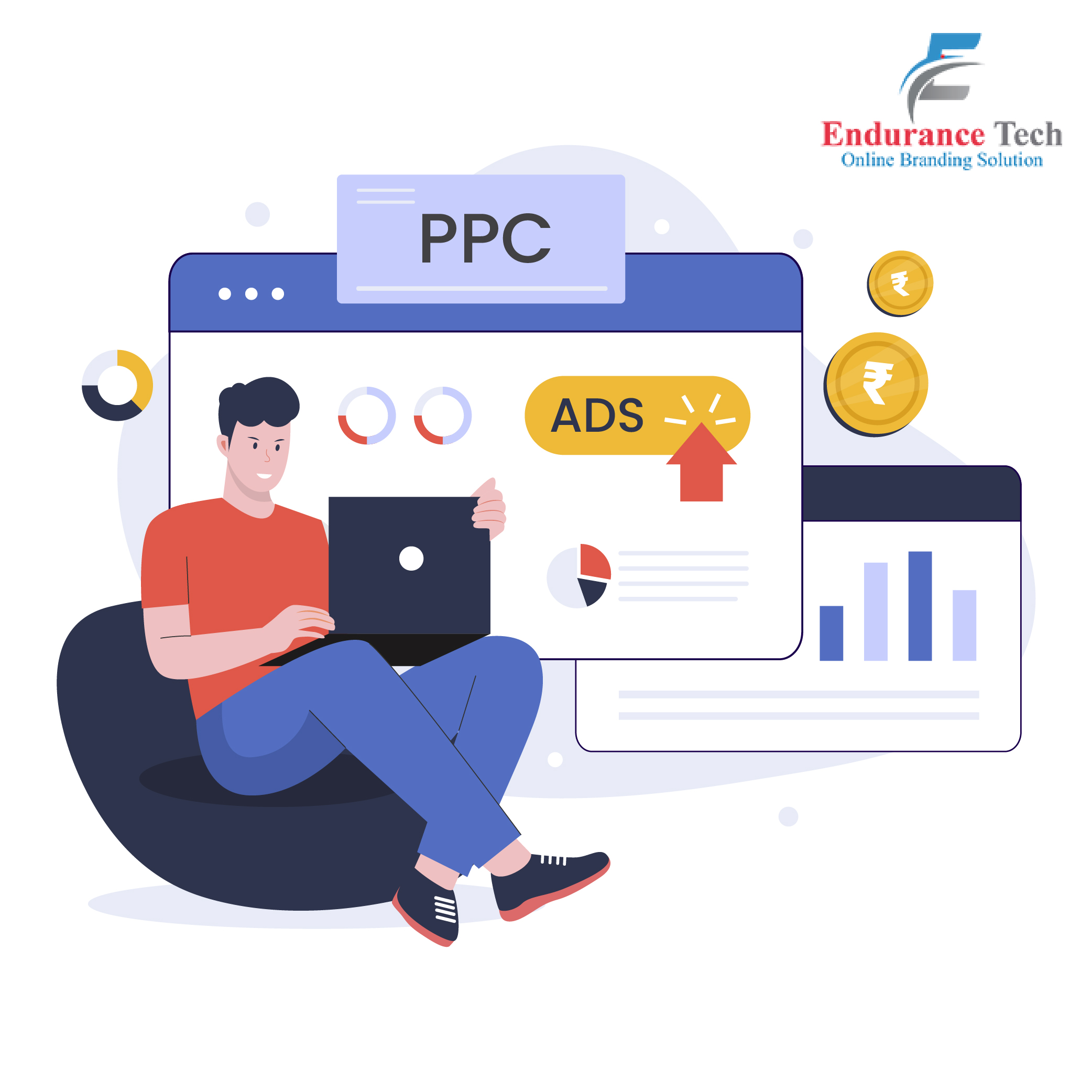

Before diving into the technical aspects of PPC bid optimization, it’s crucial to align your PPC strategy with your overall business goals. Are you looking to increase brand awareness, generate leads, or drive sales? Understanding your objectives will help you decide what type of bidding strategy to implement. For example, if your goal is to maximize conversions, you might focus on a target cost-per-acquisition (CPA) bidding strategy.
Google Ads and other platforms offer various automated bidding strategies designed to maximize conversions or clicks within your target budget. Strategies like Target CPA, Target ROAS (Return on Ad Spend), and Maximize Conversions use machine learning to adjust bids in real time, optimizing for the best performance. Automated bidding can save time and reduce the guesswork involved in manual bidding, allowing you to focus on other aspects of your campaign.
Historical data is a goldmine for optimizing your PPC bids. Analyze past performance to identify which keywords, ad groups, and campaigns deliver the best results. Look at metrics like click-through rate (CTR), conversion rate, and average CPC (Cost-Per-Click) to understand which elements drive the most value. This data can inform your bidding strategy, allowing you to allocate more budget to high-performing keywords and reduce spend on underperforming ones.
A/B testing, or split testing, is a powerful technique to fine-tune your PPC bid strategy. By running two versions of an ad or landing page simultaneously, you can see which one performs better and make data-driven decisions. Test different bidding strategies, ad copy, landing page designs, and CTAs (Calls to Action) to determine what resonates most with your audience. Use the insights gained to refine your approach and improve ROI.
Bid adjustments allow you to increase or decrease your bids based on specific criteria, such as device type, location, time of day, or audience demographics. For example, if you notice that mobile users have a higher conversion rate, you can increase your bids for mobile devices. Similarly, you can decrease bids during off-peak hours or for locations with lower conversion rates. Bid adjustments help you allocate your budget more efficiently and target the right audience at the right time.
Quality Score is a metric used by Google Ads to determine the relevance and quality of your ads, keywords, and landing pages. A higher Quality Score can lead to lower CPCs and better ad positions. To improve your Quality Score, focus on creating highly relevant ad copy, using targeted keywords, and ensuring a seamless user experience on your landing pages. Regularly monitor your Quality Score and make adjustments to improve your ad performance and reduce costs.
Setting a realistic budget is crucial for maximizing your PPC ROI. Consider your overall marketing budget, business goals, and the competitive landscape when setting your PPC budget. Avoid the temptation to overbid highly competitive keywords that may drain your budget quickly. Instead, focus on finding a balance between bid amounts and potential ROI. Regularly review your budget allocation and adjust it based on campaign performance and changing business priorities.
Negative keywords prevent your ads from showing up for irrelevant searches, saving you money and improving your ROI. For instance, add “cheap” as a negative keyword to avoid budget-focused clicks for luxury watches. Regularly review your search query reports to identify and add negative keywords, ensuring your ads are only shown to your target audience.
Ad extensions provide additional information about your business, such as location, phone number, or additional links to your website. They can improve your ad’s visibility, increase CTR, and provide more value to potential customers. Make sure to use all relevant ad extensions, including site links, callouts, structured snippets, and location extensions, to enhance your ad’s performance and optimize your PPC bids.
PPC is not a set-it-and-forget-it strategy. To maximize your ROI, continuously monitor your campaigns, analyze performance data, and make necessary adjustments. Regularly review your bids, budget, ad copy, and targeting options to ensure your PPC campaigns align with your business goals. Staying proactive and adapting to changes in the market will help you maintain a competitive edge and drive better results.
Optimizing your PPC bid strategy is a continuous process that requires careful planning, testing, and adjustment. By understanding your business goals, leveraging automated bidding strategies, analyzing data, and staying proactive. You can maximize your PPC ROI and achieve long-term success. Remember, PPC is always evolving, so staying updated on trends keeps you ahead of competitors. At Endurance Tech, we specialize in helping businesses like yours succeed with PPC and other digital marketing strategies. Feel free to reach out if you need assistance optimizing your PPC campaigns. Let’s work together to achieve your business goals and maximize your ROI!